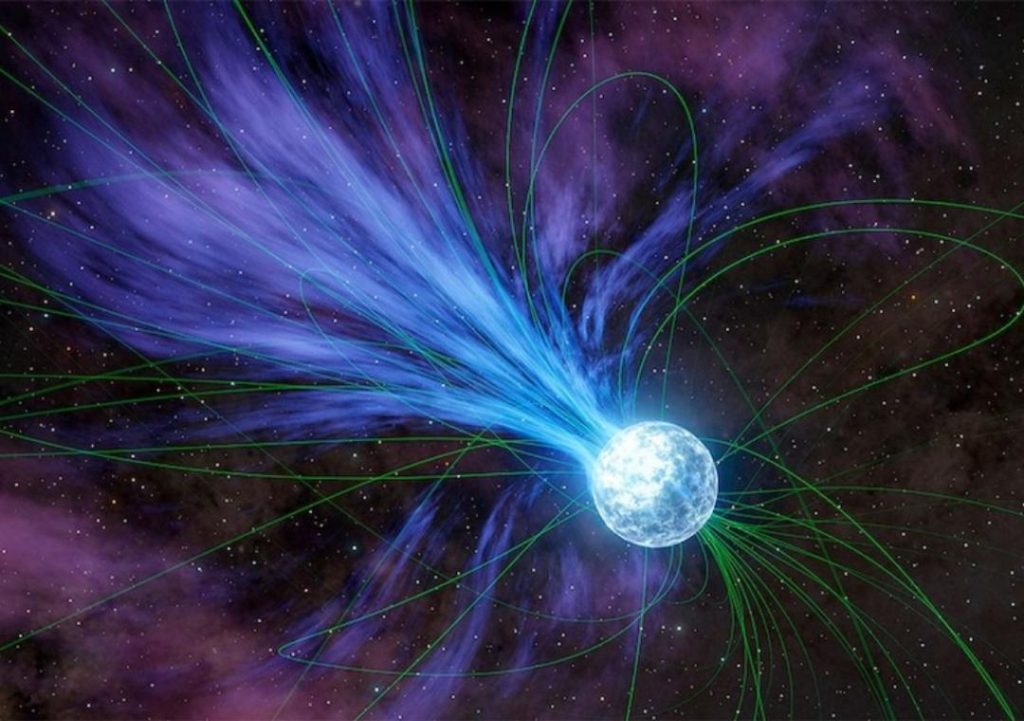
Gold & Platinum Created through Neutron Stars’ Explosions: Study
For centuries, humans have been fascinated by the origins of precious metals like gold and platinum. Scientists have long been searching for answers, and finally, NASA has provided a groundbreaking solution to this age-old mystery. According to a recent study led by Columbia University student Anirudh Patel, magnetars or highly magnetized neutron stars helped create these elements in a cosmic event over 20 years ago.
Magnetars are incredibly powerful objects that are formed when a massive star collapses under its own gravity, resulting in an explosion known as a supernova. These explosions release an enormous amount of energy, including powerful flares that can travel vast distances across the universe. The study suggests that one such flare, originating from a magnetar explosion, contained the necessary elements to create gold and platinum.
The discovery is a significant breakthrough in our understanding of the origins of these precious metals. For years, scientists have been puzzled by the presence of these elements in the universe, and this study provides a concrete explanation for their creation.
So, how did this cosmic event occur? According to the study, the magnetar explosion happened approximately 20 years ago, and the resulting flare traveled through space, carrying the necessary elements to create gold and platinum. The explosion itself was incredibly powerful, releasing an enormous amount of energy in the form of x-rays, gamma rays, and other forms of radiation.
As the flare traveled through space, it interacted with other elements, such as hydrogen and helium, which are abundant in the universe. This interaction caused the elements to combine in a process known as nucleosynthesis, resulting in the creation of heavier elements like gold and platinum.
The study suggests that this cosmic event is not a rare occurrence. In fact, magnetar explosions happen approximately once per decade in the Milky Way galaxy, and annually across the observable universe. This means that similar events occur regularly, providing a constant supply of precious metals to the universe.
The implications of this study are far-reaching, not only for our understanding of the origins of gold and platinum but also for the study of magnetars and neutron stars. The discovery provides a new avenue for scientists to study these enigmatic objects, which are still poorly understood.
In addition, the study highlights the importance of interdisciplinary research, bringing together experts from fields such as astrophysics, nuclear physics, and geology. The collaboration between Anirudh Patel and his team from Columbia University, NASA, and other institutions is a testament to the power of collaboration in advancing our understanding of the universe.
In conclusion, the study led by Anirudh Patel has shed new light on the origins of gold and platinum, revealing that these precious metals are created through the explosions of magnetars or highly magnetized neutron stars. The discovery is a significant breakthrough in our understanding of the universe, providing a new explanation for the presence of these elements in the cosmos.






